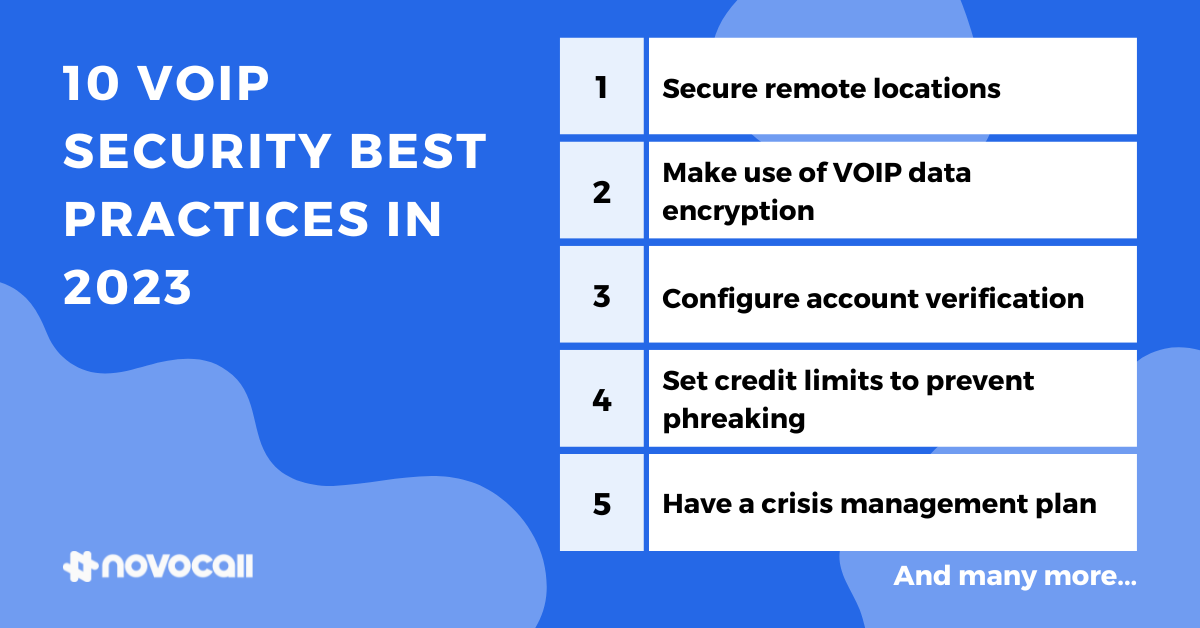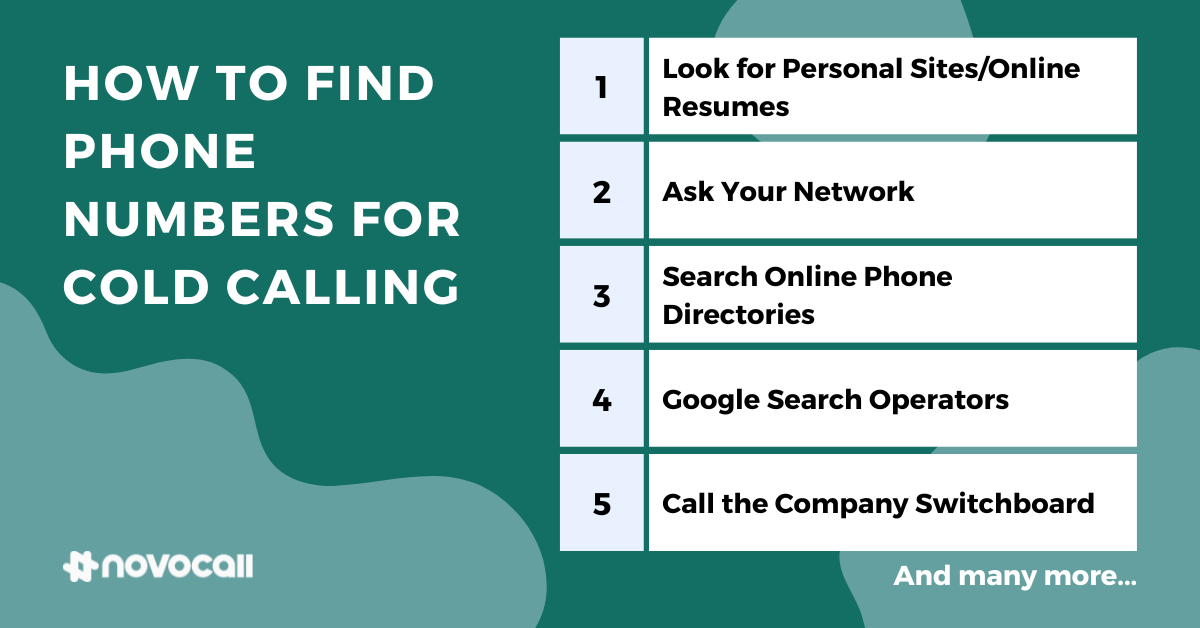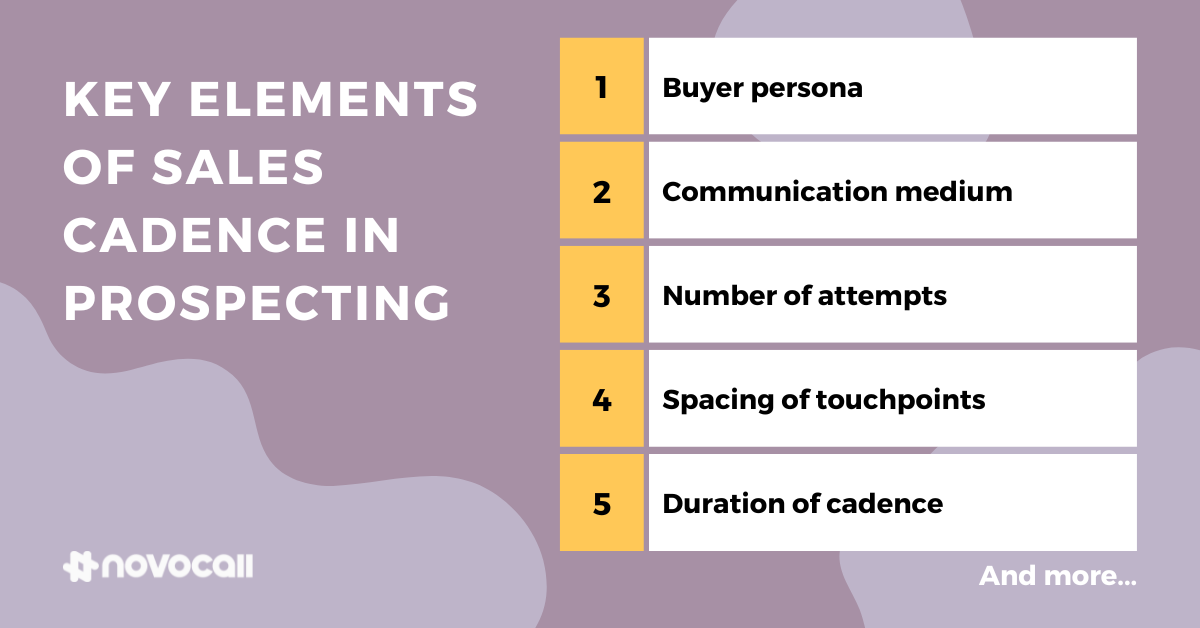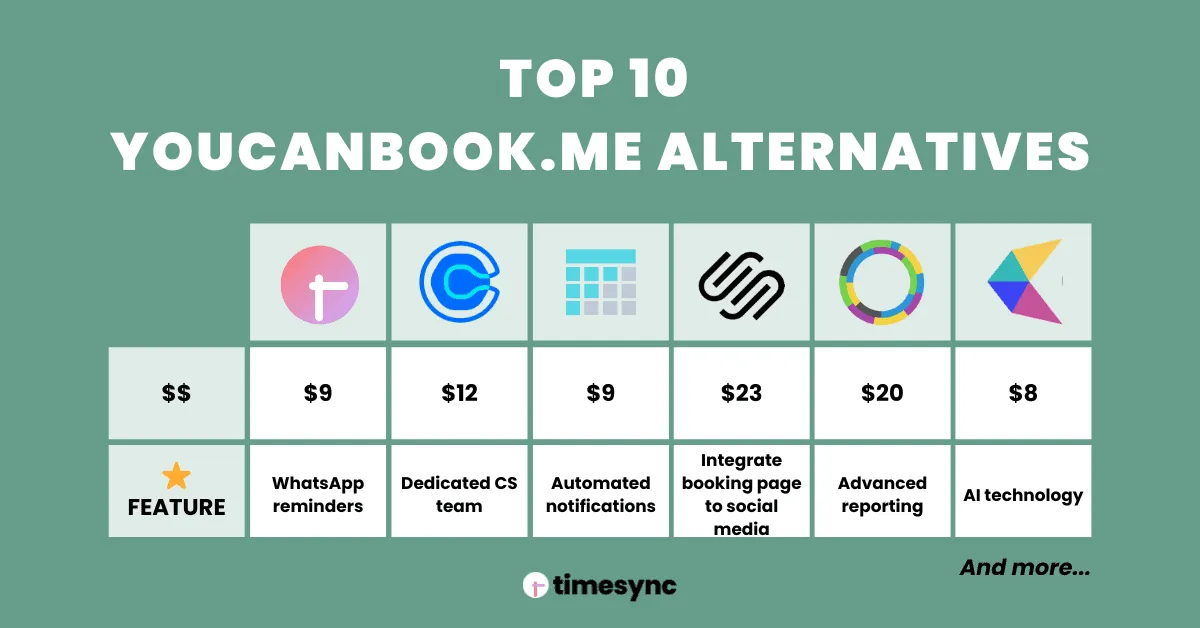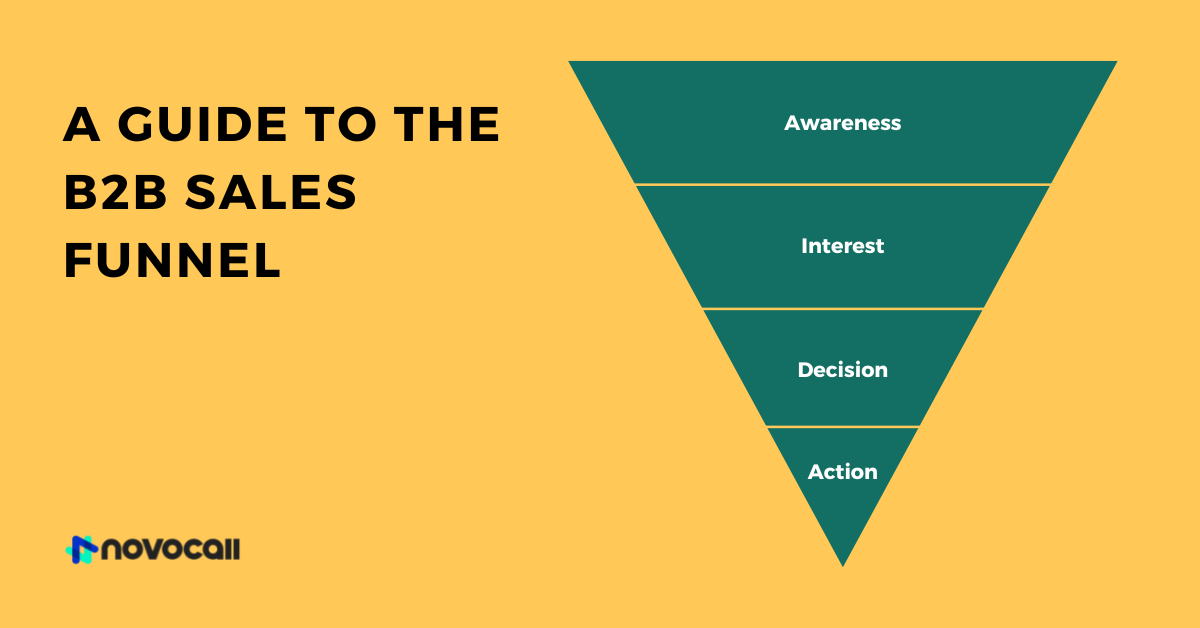

1 April 2021
How To Schedule A Demo With Leads and Prospects
Nurturing your leads to the point where you schedule a demo with them can be a lengthy process. Here’s how you can speed things up.

Digital Marketing Executive
Scheduled product demos are the ultimate goal that can take forever to reach.
Your marketing strategies may not be targeted enough. Your qualification process may not be detailed enough. Your process of scheduling a product demo can be a pain in the a**.
When it comes to reaching that coveted goal, the devil is in the details 😈
But fret not. We’re here to share some tips with you to help you quickly schedule product demos. Let’s delve right in!
Pique interest in what you’re selling
1. Create a great SEO-driven inbound content strategy
Now, your potential leads, prospects, and customers out there probably already:
- Are aware of their business problem
- Are looking for a solution to that problem
And your product or service just happens to be the right one to help them out. Now what? How do you ensure that you catch their attention and pique their interest in what you are selling? Sure, ads are a way to go about it. But they are expensive and not sustainable.
Enter SEO-driven content strategies.
This means that you create content based on certain keywords that people search for in order to drive traffic to your website. These days, setting up a blog is necessary. Check out the one that we’ve been building:

Not only should most of your content be designed to attract organic traffic, but it should also answer any questions businesses might have. For example, “How to improve your call center’s efficiency” and “How to track a call”. These are some questions that your target audience might have and are things you can answer.
In your articles, you can build their interest in your product or service by mentioning how your solution can help solve the problem. Of course, don’t do much hard-selling. It can be quite off-putting.
I don’t have time to go into detail in this article, but we earlier talked about beginner SEO mistakes and the best blog writing tips. Check those out to help you create an awesome blog! 😉
P.S. Building an SEO-driven content strategy is a long-term investment. You will not see immediate results. But once you’ve gained a steady flow of online visitors, you can be sure that your product scheduling rates will quickly soar. Moreover, you should also conduct an SEO competitor analysis to get a better idea of what your competition is up to.
2. Set up lead capture capabilities on your website
So you’ve gotten your SEO content strategy in place. Now what?
if you’re not setting up lead capturing capabilities on your website. These include gated content, pop-up forms, and even click-to-call software for your site visitors to request a callback from your team.

Novocall’s click-to-call software can be embedded into your website and trigger a pop-up based on your site visitors’ behavior. The built-in lead capture form allows them to schedule a call with your team directly via your website.
This shortens the amount of time needed for your site visitors to schedule calls and even product demos with your team.
3. Send regular newsletters
This doesn’t help you to quickly score product demos with your leads and prospects. BUT, it will help keep you in the minds of those who already did but did not make the purchase.
You need to keep in mind that not everyone who schedules a product demo or call will end up making a purchase. This doesn’t mean that you forget them completely and simply store their contact information in your CRM. Because this means that they’ll likely forget you too.
One way to help keep your company in their minds is to send them regular newsletters. The types of content can include articles about common business problems and how your solution can help solve them.
For those who’ve visited your site but decided not to schedule a product demo, you can incentivize them to give you their contact details by encouraging them to subscribe to your newsletter.

You can do so by including a subscription form on every article on your blog. Again, this doesn’t guarantee that you’ll have people scheduling for product demos quickly. But you can definitely increase your MQL conversion rate.
It’s a long-term lead nurturing strategy.
Get your sales team to qualify your leads
After receiving the contact details of your site visitors, you shouldn’t be too eager to schedule a product demo.
That’s because not all leads are qualified and are not ready to make the purchase. If you proceed with unqualified leads, you’ll probably end up wasting time and energy explaining to them how your solution works, only to end up disappointed. Get your sales team to reach out and qualify your leads.
To help you with that, let’s examine some sales qualification frameworks together.
1. BANT
The Budget, Authority, Need, Timing (BANT) framework is a series of questions that your sales team will ask your leads before moving on to a product demo. These questions are based on four factors:
- Budget: Does the lead have the financial capacity to purchase your solution?
- Authority: Does the lead have the authority in their company to approve the purchase of your solution?
- Need: Does the lead’s company have a business problem that your solution can solve?
- Timeline: How urgent is the purchase?
Remember, this is just a framework. Don’t be too rigid and not think about other factors when deciding on what qualification questions to ask.
For instance, do not ask literal questions derived from the BANT acronym:

Anyone fancy a guess if the rep received an email from the prospect? Yea doesn’t look too optimistic.
You should also avoid sticking to the literal meaning of each component of the acronym. For example, although the Timeline part of BANT suggests that you disqualify the lead or prospect, do not do so. You may just end up prematurely doing so. Ask the lead more questions or discuss with your team to plan out your next steps.
💡 Read more: Here is a list of BANT questions prepared by Hubspot.
2. CHAMP
CHAMP stands for CHallengers, Authority, Money, and Prioritization.
Unlike the BANT framework, CHAMP places your leads’ business problems first. Businesses only buy if they have a problem they want to solve.
In terms of the “authority” component, the CHAMP framework doesn’t view the lead as a roadblock, even if that person has no decision-making power. It views these individuals as calls-to-action.
This means that instead of hanging up the phone, ask them who you should reach out to next.
💡 Read more: Here is a list of CHAMP questions prepared by LeadSquared.
3. GPCTBA/C&I
Coined by Hubspot, this acronym stands for Goals, Plans, Challenges, Timeline, Budget, Authority/negative Consequences, and positive Implications. Sounds like too much of a mouthful? Fret not, we’re here to break it down for you 😄
The GPCTBA/C&I framework is basically one that adapts to your target buyer’s behavioral changes.
These days, buyers are becoming increasingly informed and educated about what is in the market. This means that your sales reps cannot simply rely on knowledge about your product’s solutions to “add value”.
Instead, they should serve as advisors. A sentiment echoed by Edouard Obin, a Salesforce account manager, and former startup team lead. Reps these days must go beyond the scope of the business problem and learn about their leads’ strategic goals and business model.
💡 Read more: Here is a list of GPCTBA/C&I questions prepared by Hubspot.
Make the scheduling process easy
Ok, so you’ve attracted the right online audience and qualified your leads. It’s finally time to schedule that demo 🎉🎉🎉
As with every step of the customer journey, your job as a business is to make the process as smooth and easy as possible for them.
To do this you should include a link to the scheduling software in your outreach emails.

Meeting schedulers like TimeSync does just this for you. It is integrated with your personal calendars. This means that your leads can select available time slots directly from your personal schedule. This eliminates the need for back-and-forth emails typically used to schedule appointments.
See how you can insert TimeSync into your emails 👇👇👇

💡 Read more: Here are some samples of demo meeting invitation email templates you can follow.
Prepare yourself for the possibility of no-shows
Even if a product demo has been scheduled, it is still possible for your lead to ghost you 👻
And it’s because of this that you need to come prepared. How can you prevent this from happening? Well, some meeting schedulers themselves come with automated email and SMS reminders.

TimeSync comes with such capabilities. Users and their invitees both receive reminders about the upcoming meeting via SMS and email. This can help significantly reduce the no-show rates.
Be prepared for the calls
Cheesy as this might sound, if you fail to plan, you plan to fail.
Always go to a meeting or call prepared for it. Do in-depth research on your prospects’ profiles – their needs, goals, and professional background. This can really help you prepare for some potential questions that they may ask.
You should also always prepare a script. This is by no means a suggestion for you to memorize texts word-for-word. It should serve as a skeleton for you to structure the points you want to talk about.
We actually wrote articles on call scripts for insurance agents and one for real estate agents. While we do not have scripts for every single industry, I think that these provide a good starting point for you to create your own. Check them out!
Conclusion
And that’s it!
I hope you’ve gained a better understanding of how you can quickly schedule a demo. The key thing to remember here is that there must be an alignment between the business need and what you’re trying to sell.
Capture their attention with an SEO-driven content strategy, qualify them, ease the product demo scheduling process and come prepared. Have these in place and your product demo schedule rates should increase.
For more sales and marketing-related tips, subscribe to our blog below 👇👇👇

Nigel Seah
Nigel is a Digital Marketing Executive at Novocall where he specializes in SEO. Prior to this, he had written for several SaaS companies including Workstream and the now defunct Hatchme. In his free time, he engages in strength training and is a lover of languages.
Related articles
Subscribe to our blog
Get insights & actionable advice read by thousands of professionals every week.


















